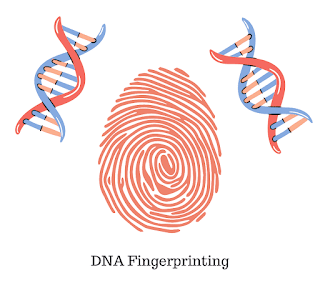5 Incredible inventions that were discovered by accident
Some scientific discoveries came after long research and experimenting but many of them came accidentally. Accidental scientific discoveries proved to be a game-changer in today's life. So here are 5 incredible inventions that were discovered by accident.
1. Microwave oven
The microwave oven was invented by Percy Spencer entirely by accident. He was working on "magnetron", one of the components of radar equipment. He was amazed to see that candy in his pocket had melted.
Spencer realized the potential of his invention and designed more efficient and reliable food-cooking microwave ovens. The early models were not received much popularity due to their high cost ($5000) and big size (6 feet) but gradually more compact and cheap microwave ovens invented and rest is history.
2. X-ray Photography
In 1895, German physicist Wilhelm Rontgen was doing an experiment with cathode rays, later he realized that they produce another kind of radiations. He named them X-rays where "X" stands for the unknown variable in mathematics.
Rontgen discovered that X-rays can penetrate through soft materials like paper, fabric, and cardboard to produce fluorescence and can be used to form pictures on a barium-coated photographic plate.
He took X-rays photography to the next level, he asked his wife to place her hand on a photographic plate and found that X-rays can penetrate through her skin but not through her bones and ring.
In 1901, Rontgen awarded first-ever Nobel prize in Physics for his discovery. Today, X-rays are used in the medical industry for scanning the bodies, treating cancer, and performing surgeries.
3. Super Glue
In 1942, a chemist Harry Coover was seeking a way to manufacture ultra-clear plastic gunsights. His team was using a group of chemicals called "cyanoacrylates" which proved not very useful. They were very sticky and bind together when came in contact with water.
Due to the marvelous adhesive property of superglue, it was used in the Vietnam war to bind the skin tissues together. In emergency conditions, it saved many lives by sealing the wound quickly which earlier was done through the stitching. It was also used in forensic labs to detect fingerprints.
4. Teflon
In 1938, a chemist Roy Plunkett was working at the DuPont laboratory in New Jersey. He was trying to make the refrigerants nontoxic and nonflammable. Plunkett made 45 kg of tetrafluoroethylene gas (TFE), storing it in cylinders on dry ice. When the time came to use the material, nothing came from the cylinder instead a white powder was formed.
Plunkett noticed that the white powder was slippery and can be used as a lubricant. It does not react with chemicals and resistant to temperatures as high as 260 C. Plunkett and his mates realized the importance of that substance in daily life.
It was launched in the market as Teflon (Trade name) but no one purchased it due to its high cost. Gradually, it became cheap and reliable and was used in the military and industries.
Today Teflon is used in non-stick pans, wires, fabrics, and metals. It has also wide applications in the aerospace and pharmaceutical industries.
5. Velcro
Swiss engineer George de Mestral had an idea for velcro in 1941. During a hike in the Alps, he noticed that burrs are sticking on his dog's fur. Burrs-seedheads of the burdock plant has lots of little hooks that get interlocked with any smooth fur of shirts, pants and animal body.
Initially, people laughed at him for his discovery, but in 1952 he set up Velcro industries in Switzerland. He worked with a french textile company to perfect the design. In 1955, he patented the invention but till then Velcro became a common household name. Velcro is a registered trademark in many countries.
These were some incredible inventions that were discovered by accident. Don't forget to share it with science geeks!







